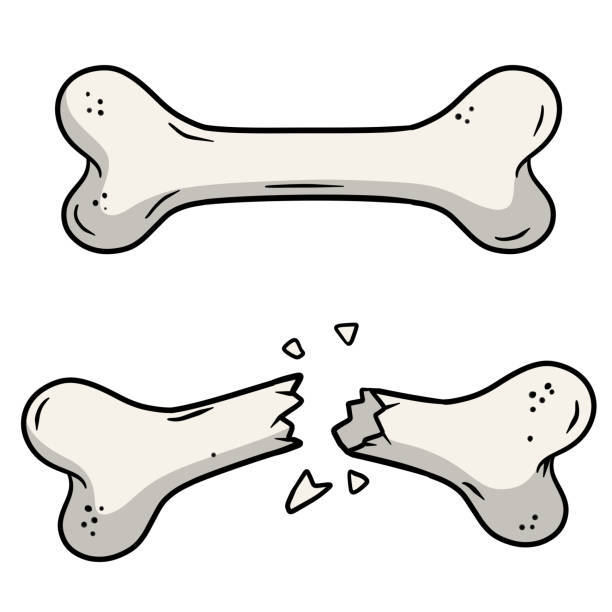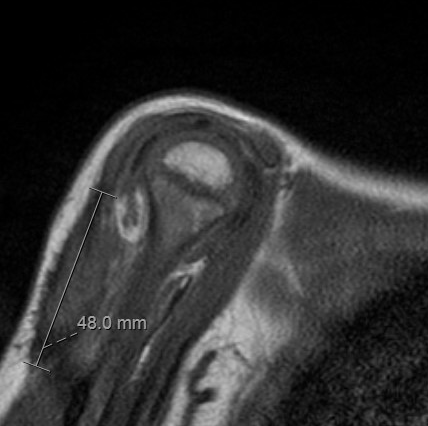Infantile Fibromatosis
Infantile Fibromatosis is a rare condition that involves the growth of a single or numerous benign (non-cancerous) tumors. It is often referred to as myofibromatosis, due to the abundance of fibrous and smooth muscle stoma. Infantile fibromatosis can affect the skin, muscles, soft-tissues, bones and rarely visceral organs.













